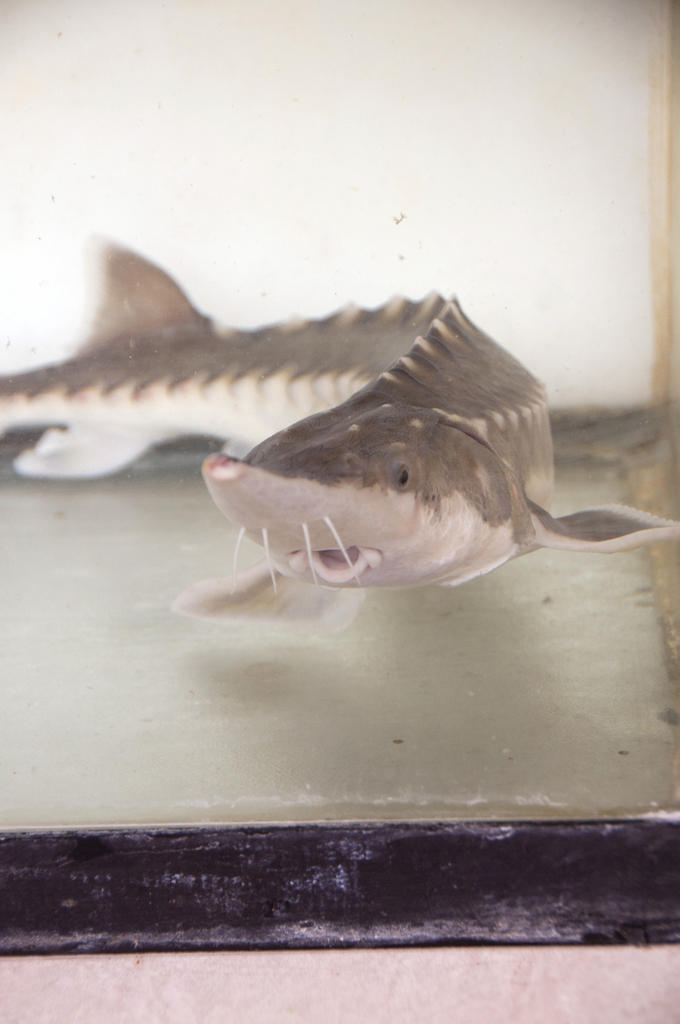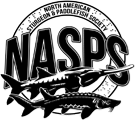
STURGEONS
Sturgeon and Paddlefish Biology
Sturgeon (family Acipenseridae) and paddlefish (family Polyodontidae) within the order Acipenseriformes are primitive ray-fined fishes (class Actinopterygii). Their skeletons are composed primarily of cartilage and their heterocercal tail fins resemble those of sharks, but sturgeon and paddlefish are not closely related taxonomically to sharks. Sturgeon and paddlefish are immediately recognizable because of their body shapes and dermal scutes. While there are inherent differences among species, sturgeon are typically long-lived, displaying slow growth but attaining large sizes (especially white sturgeon (Acipenser transmontanus), and experiencing low adult mortality. Most are diadromous (migrate from salt water into freshwater) or potamodromous (migrate strictly within freshwater) ascending the fast flowing, freshwater tributaries necessary for successful spawning. Sturgeon are iteroparous, meaning they spawn many times during their lifetime however, have protracted spawning spanning from a couple years up to nine years depending upon the species. Gonads can account for 25% of the body mass for both male and female sturgeon.
